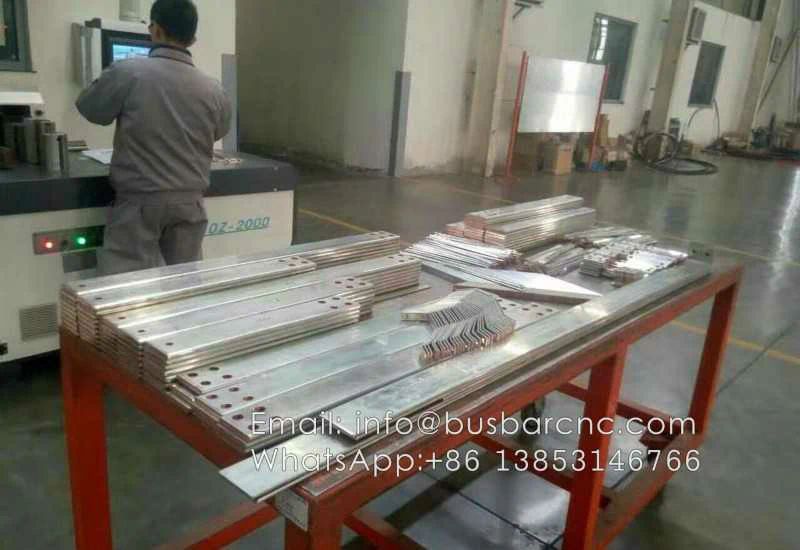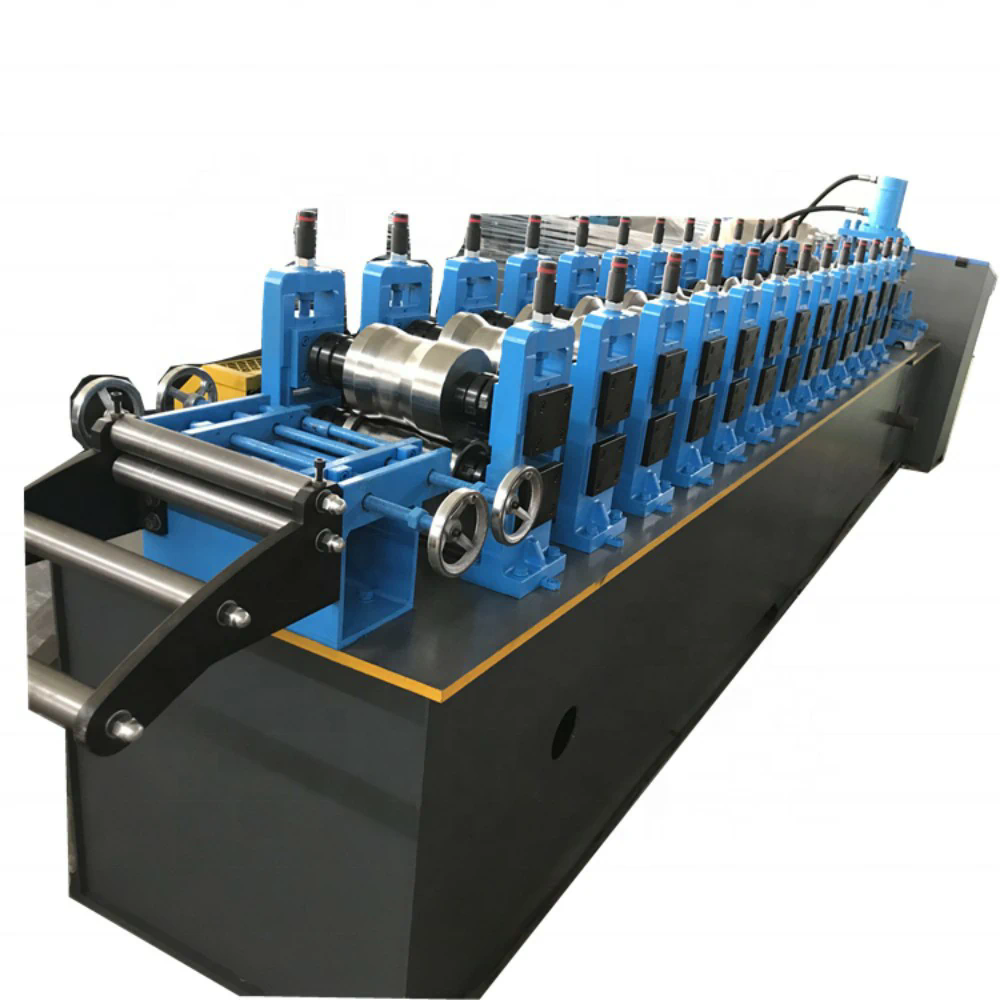2022 seems to be the “mercury retrograde” year for chip companies.
From the perspective of the Philadelphia Semiconductor Index, it fell to its lowest level in two years in October this year. The stock price of AMD, the leader in the “CPU+GPU” dual-chip industry, also plummeted by nearly 60% during the year, and its current market value is more than 96 billion US dollars.
However, AMD can be regarded as handing over an unsatisfactory financial report. In 2022, Q3 will achieve revenue of US$5.565 billion, a year-on-year increase of 29%. Although the growth rate has slowed down and failed to meet expectations, it is not easy to grow against the trend in the current environment.
However, in terms of profit, according to different accounting standards, there are two completely different data results. Under US GAAP, AMD achieved a net profit of US$66 million, a sharp drop of 93% from US$923 million in the same period last year; under non-US GAAP, adjusted net profit was US$1.095 billion, a decrease of The $893 million for the same period was up 23%.
In this regard, AMD explained that the profit difference is mainly reflected in the amortization of assets and the increase in R&D investment caused by the acquisition of Xilinx, and emphasized that “AMD’s performance itself is not a big problem, but the growth has not met expectations.”
When the PC market is weak and there is a large inventory adjustment in the entire PC supply chain, where is the confidence for AMD to grow against the trend? How should it be deployed in the future?
During the “cold winter”, the data center is underpinned
Against the background of the U.S. dollar raising interest rates and the global economy facing a recession, AMD’s quarterly revenue recorded its first quarter-on-quarter decline since the first quarter of 2020, but it still grew year-on-year.

According to public information, AMD was established in 1969. It is a global semiconductor company headquartered in Silicon Valley. Its main business is the production and sales of central processing units (CPU) and graphics processing units (GPU). The main products are x86 microprocessors (PC, server, Embedded), discrete and integrated graphics, data center and professional graphics, accelerators (APU), motherboard chipsets, semi-custom system-on-chip (SoC), and more.
In fact, before the official release of the third quarterly report, AMD gave investors a “vaccination” last month, saying that “the market is declining faster than expected.”
The Gartner report also shows that the global PC market shipments in the third quarter of 2022 will drop by 19.5% year-on-year to 68 million units. This is the largest decline since Gartner began tracking the PC market in the mid-1990s and the fourth consecutive year. quarter-on-quarter decline.
For AMD, which has a large proportion of the PC market, the feeling is the strongest. AMD CEO Lisa Su said, “The PC market was very unstable in the third quarter. We expected the market to be weak, but it was weaker than we expected (the degree of weakness).”
Under the weakening market and the sharp adjustment of inventory in the entire PC supply chain, the shipment of AMD processors decreased, resulting in a 40% year-on-year decline in the revenue of the customer consumption department to US$1 billion, and the operating profit of the entire department decreased from the same period last year. $490 million turned into a loss of $26 million.
Fortunately, AMD is “walking on multiple legs”. Driven by the sales growth of data center, embedded and game console products, its revenue has achieved double-digit growth. Specifically: the revenue of the data center sector increased by 45% year-on-year to US$1.609 billion, mainly due to the increase in sales of Snapdragon server processors; the turnover of the game division increased by 14% year-on-year to US$1.60 billion, mainly due to Benefit from the growth of sales of semi-custom products (that is, game console chips), partially offset by the decline in graphics business turnover; Embedded Division revenue increased significantly by 1549% to 1.3 billion US dollars, mainly due to the merger of Xilinx Embedded business turnover.
On February 14 this year, AMD acquired Xilinx for nearly $50 billion, further expanding its business boundaries. Data show that in the FPGA field, Xilinx has long occupied 50% of the market share.
Eliminate the influence of Xilinx and “remove makeup” for AMD’s financial report. Xilinx’s revenue in the third quarter of last year was US$1.01 billion. After deducting this part, AMD’s revenue was US$4.555 billion, which was still an increase from US$4.313 billion in the same period last year; Look, AMD is also profitable.
In contrast, the “chill” felt by Intel should be even greater. Q3 revenue fell by 20% year-on-year, and the annual performance guidance was lowered again during the year. And it has been confirmed that large-scale, “targeted” layoffs will be launched globally, involving sales and marketing departments, including China.
Three pillars, the greatest confidence
The greatest confidence in AMD’s performance resilience lies in the three major product matrices it has built-CPU, GPU and DPU.
Throughout the entire development history of AMD, it can be roughly divided into four stages, followed by the second supplier stage, IDM stage, Fabless stage (Global Foundry OEM) and Fabless stage (TSMC OEM), and finally grew into ” CPU+GPU” dual-chip industry leader.
In the CPU field, Intel and AMD are friends and foes. In 1982, the two parties cooperated, and AMD was able to obtain Intel’s design and produce x86 series processors; but the good times did not last long. In 1985, the two parties suspended the cooperation, and AMD began to develop its own.
In terms of architecture, in 2017 AMD launched the Ryzen series PC CPU based on the new Zen architecture. This is AMD’s first-generation product, and the performance of the second-generation and third-generation Ryzen processors launched later has been greatly improved, and some performance indicators of the third-generation Ryzen have surpassed Intel.
In terms of technology, AMD has cooperated with TSMC, and the third-generation Ryzen adopts a 7nm process, which is ahead of Intel. The Ryzen 7000 based on the zen4 architecture will be released in 2022, and the single-core running score of the weakest R5 is approaching Intel’s Core i9.
It is with the help of “new Zen architecture + TSMC 7nm process” that AMD has risen strongly and quickly divided up the Intel market, and its market share has risen from less than 1% to double digits. According to Omdia data, the global server shipments in the second quarter of this year were 3.4 million units, of which Intel’s share was 69.5%, and AMD’s was 22.7%.
In addition to the layout of the CPU market, AMD is also actively expanding other business lines.
In 2006, AMD acquired ATI for US$5.4 billion. Since then, it has GPU technology and has become the only company that has both CPU and GPU core chip design and manufacturing capabilities. In 2019, AMD launched the RX 5700 series GUP based on the RDNA architecture, which continues to use TSMC’s 7nm process, and its performance has been greatly improved. It also enables AMD’s Radeon GPU to achieve PC, Mac, host, cloud games and mobile devices. Full platform coverage.
According to Jon Peddie Research data, as of the second quarter of this year, Nvidia accounted for 80% of the independent GPU market, and AMD accounted for 20%. As a latecomer, AMD is trying to catch up with Nvidia in performance.
In April of this year, AMD announced the acquisition of DPU cutting-edge Pensando for US$1.9 billion to further expand its data center solution capabilities. This means that AMD will have the design and manufacturing capabilities of CPU, GPU and DPU chips, constructing a complete layout in the field of data centers.

Next stop, emerging industries
How will AMD lay out in the future? Generally speaking, it is to expand the existing advantages and expand the layout in emerging industries at the same time.
The “Futu Securities” research report shows that in June this year, AMD outlined its future development as “technology and product portfolio updates, expansion of data center solution product portfolios, acceleration of ubiquitous AI leadership, expansion of PC leadership, and promotion of graphics solutions. development momentum”.
Among them, AMD’s follow-up product plans cover a series of application scenarios from cloud computing, PCs to communications and smart terminals. On the basis of maintaining the original advantages, it will be widely deployed in new edge fields.
Specifically, the fourth-generation Snapdragon processor based on Zen 4 and Zen 4c cores has a performance per watt improvement of more than 25% compared to Zen 3. ADM will continue to maintain its advantages in building high-end CPUs. A “Granite Ridge” processor based on the “Zen 5” architecture is also planned.

For longer-term planning, according to TomsHardware, AMD said in a webinar that “in the next three to five years, Compute Express Link (CXL) technology will be introduced to consumer CPUs.” Leah Schoeb, senior manager of storage and memory at AMD, further stated, “In the next three to five years, we will first see the addition of persistent memory technology in the server field, and then in the consumer field, AMD will ensure that system memory can be used with other storage devices. communicate on the same bus via the CXL protocol”.
This means that AMD will bring persistent memory technology to the memory bus to further improve performance, and use CXL memory modules and system memory to share a large memory pool for higher performance, lower latency and memory expansion capabilities.
With the blessing of a strong moat, AMD is also optimistic about the future. It expects revenue in the fourth quarter to be approximately US$5.5 billion, with a fluctuation of US$300 million, an increase of approximately 14% over the same period in 2021 and the same level as in the third quarter. The format and data center related business market will grow compared with the same period in 2021. Overall, AMD expects its full-year revenue in 2022 to be approximately US$23.5 billion, with a fluctuation of US$300 million. Driven by the growth in the embedded and data center fields, it will increase by about 43% compared to 2021.



